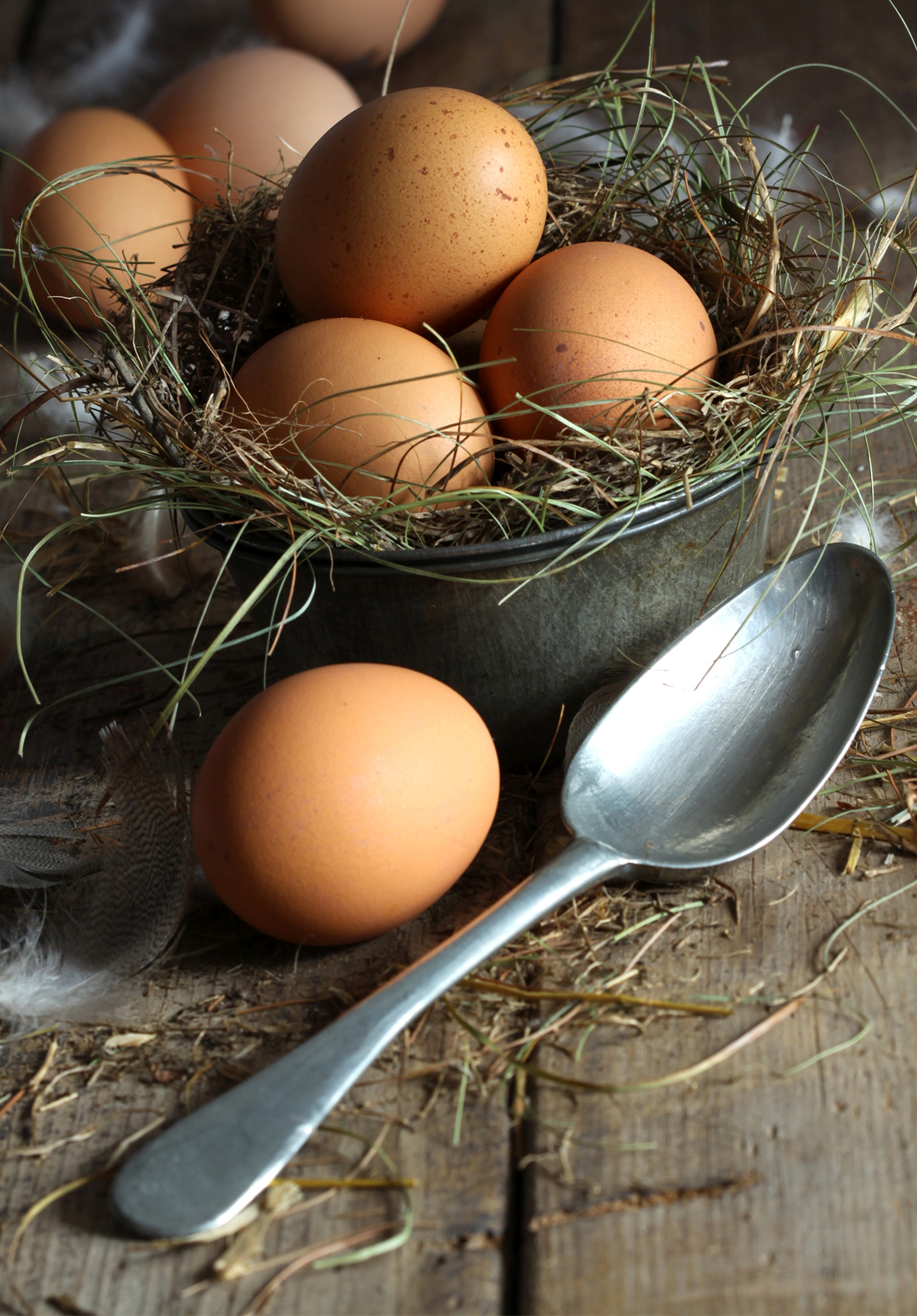Free-range, barn-raised, certified organic … popping to the shops for a dozen is not the simple task it once was. There are all sorts of claims and labels, and some key differences between the main egg-production systems. Clearly some producers treat their chooks to a better life than others. But which to choose?

Caged hens
Minimum standards are set out by the Animal Welfare (Layer Hens) Code of Welfare 2005 issued under the Animal Welfare Act 1999. This makes it an offence to cause “unreasonable or unnecessary pain or distress” to chickens. The quality of food is regulated, temperatures must be kept within a range where the birds are healthy, and clean water must be available at all times.
A maximum of seven birds are allowed per square metre, and they must be able to stand up unrestricted in their cages. Each bird gets 1,428cm2 of space – just over the size of two pieces of A4 paper per bird.
If the cages are stacked up, they must be arranged so that chooks in the lower cages are not pooped on by those in the cages above. Layer hens that do not have access to daylight must be given continuous lighting for at least eight hours per day, with a maximum of 16 hours over each 24-hour period to mimic natural conditions.
When chickens are killed it must be done humanely by prescribed methods that minimise suffering. Of course, it’s also key that the rules are well monitored and strictly enforced.

Free range
The Animal Welfare Act 1999 stipulates that free-range birds, in addition to what their caged sisters get, must have ready access to outside areas, through openings of sufficient width to enable them to move in and out freely. Both the indoor and outdoor areas must not become muddy, dusty or contaminated. Because they have access to the outside, a slightly more cramped maximum of ten birds per square metre of housing is allowed, giving each bird a slightly reduced minimum indoor space of 1,000cm2, or just under the size of two pieces of A4 paper.
RNZSPCA Blue Tick
In addition to meeting the legal standards, to earn the blue tick producers must ensure their chickens are raised on non-chemically treated and natural litter in a secure, draught-proof area. The hens must be able to move freely and socialise, and there must be enough space for them to get away from other hens that are aggressive. They must also have enough room to stretch, perch, nest, dust bathe, and flap their wings.

This system limits the density of birds in the outdoor area to 350 per acre, or just under one bird for every ten square metres, and must include shade and shelter from hawks other overhead predators. The most birds allowed per enclosure is 4,000. Antibiotics are only used for specific illness and not to promote growth and beak blunting is allowed to reduce the pain suffered by the birds from outbreaks of cannibalism. Find out more here.
Certified free range
The certified free-range scheme, in addition to meeting legal standards and those of the RNZSPCA, limits the number of birds per enclosure to 1,500 and prohibits the use of antibiotics in the feed and pesticides on the land. It prohibits beak tipping, the practice of slicing off the end of chickens’ beaks to prevent them from pecking one another. It also bans wing trimming and toe trimming.
Fowl play?
Forced moulting involves starving birds and even withholding their water supply until the stress causes their feathers to drop off. Resuming feeding can jolt the birds into renewed laying. This is allowed in caged and non-certified free-range systems, but prohibited in all others.
Organic
To qualify for the organic egg label – in addition to the requirements for free-range systems – the chickens must be fed carefully controlled organic food. The AsureQuality standard allows infrared beak (IRB) tipping at the hatchery for day-old chicks if done under correct conditions and to improve the health of the chickens, while the BioGro standard bans this outright.
As sure as eggs is eggs?
In 2010, New Zealand produced one billion eggs and the average New Zealander ate 230 eggs during the course of the year.
Almost everyone agrees eggs are packed full of natural proteins, vitamins and minerals. But how this nutritional value is affected by the way the chickens are kept is still hotly debated. A 2008 study by Mother Earth News said eggs from chickens that graze on grass have less cholesterol and fat and more vitamins and minerals than those from hens without access to pasture. But a 2009 literature review by the London School of Hygiene and Tropical Medicine found no significant difference in nutrition between organic food and non-organic food. And last year a study by the USA’s Agricultural Research Service agreed with this finding.







